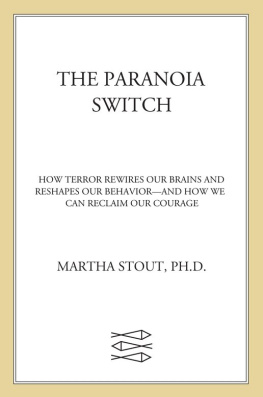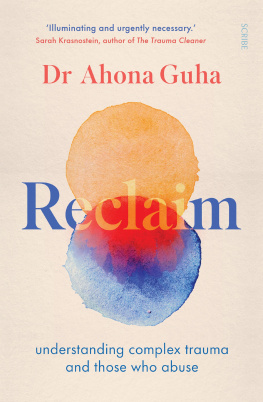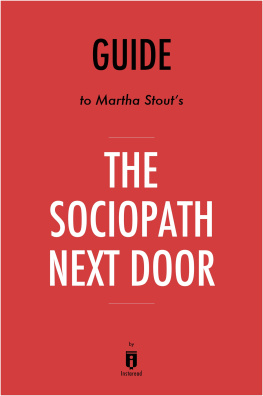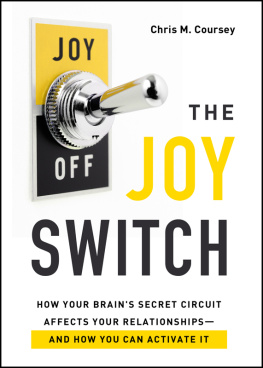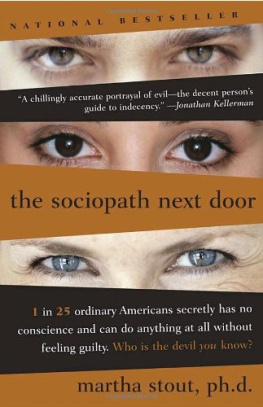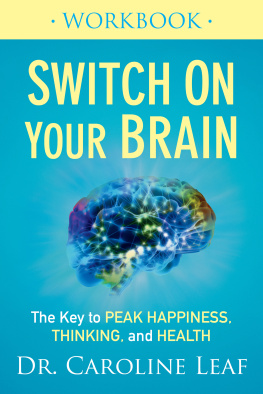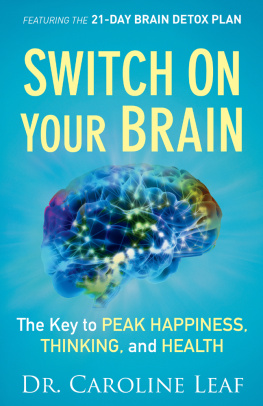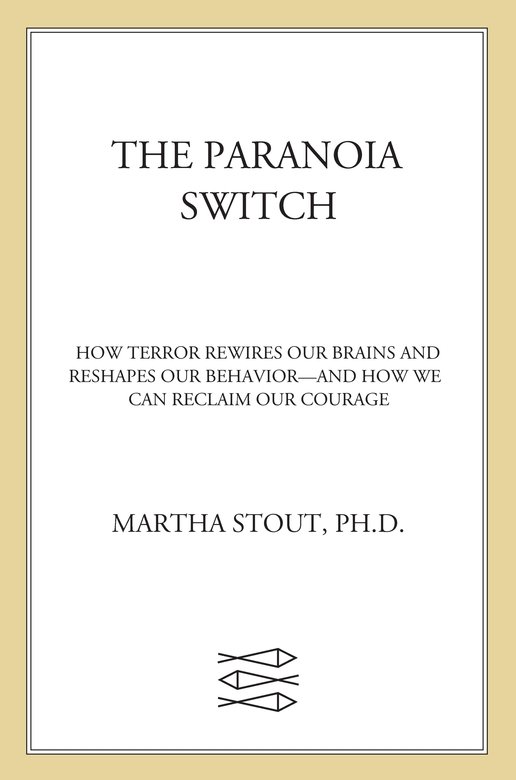Martha Stout - The Paranoia Switch: How Terror Rewires Our Brains and Reshapes Our Behavior--And How We Can Reclaim Our Courage
Here you can read online Martha Stout - The Paranoia Switch: How Terror Rewires Our Brains and Reshapes Our Behavior--And How We Can Reclaim Our Courage full text of the book (entire story) in english for free. Download pdf and epub, get meaning, cover and reviews about this ebook. year: 2007, publisher: Farrar, Straus and Giroux, genre: Politics. Description of the work, (preface) as well as reviews are available. Best literature library LitArk.com created for fans of good reading and offers a wide selection of genres:
Romance novel
Science fiction
Adventure
Detective
Science
History
Home and family
Prose
Art
Politics
Computer
Non-fiction
Religion
Business
Children
Humor
Choose a favorite category and find really read worthwhile books. Enjoy immersion in the world of imagination, feel the emotions of the characters or learn something new for yourself, make an fascinating discovery.
- Book:The Paranoia Switch: How Terror Rewires Our Brains and Reshapes Our Behavior--And How We Can Reclaim Our Courage
- Author:
- Publisher:Farrar, Straus and Giroux
- Genre:
- Year:2007
- Rating:5 / 5
- Favourites:Add to favourites
- Your mark:
The Paranoia Switch: How Terror Rewires Our Brains and Reshapes Our Behavior--And How We Can Reclaim Our Courage: summary, description and annotation
We offer to read an annotation, description, summary or preface (depends on what the author of the book "The Paranoia Switch: How Terror Rewires Our Brains and Reshapes Our Behavior--And How We Can Reclaim Our Courage" wrote himself). If you haven't found the necessary information about the book — write in the comments, we will try to find it.
On September 11, 2001, the Fear Switch in our brains got flicked. How do we turn it off and reclaim our lives?
Five years after September 11, were still scared. And why not? Terrorists could strike at any moment. Our country is at war. The polar caps are melting. Hurricanes loom. We struggle to control our fear so that we can go about our daily lives. Our national consciousness has been torqued by trauma, in the process transforming our behavior, our expectations, our legal system.
In The Myth of Sanity, Martha Stout, who until recently taught at the Harvard Medical School, analyzed how we cope with personal trauma. In her national bestseller The Sociopath Next Door, she showed how to avoid suffering psychological damage at the hands of others. Now, in The Paranoia Switch, she offers a groundbreaking clinical, neuropsychological, and practical examination of what terror and fear politics have done to our minds, and to the very biology of our brains.
In this timely and essential book, Stout assures us that we can interrupt the cycle of trauma and look forward to a future free of fear only by understanding our own paranoiaand what flips the paranoia switch.
Martha Stout: author's other books
Who wrote The Paranoia Switch: How Terror Rewires Our Brains and Reshapes Our Behavior--And How We Can Reclaim Our Courage? Find out the surname, the name of the author of the book and a list of all author's works by series.

